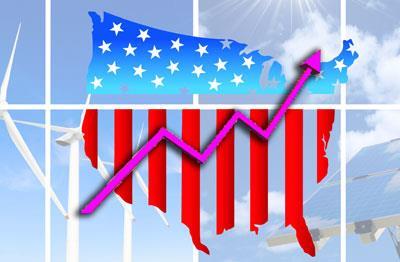Obama's science council warns that US federal spending on energy R&D is lagging and needs to jump three-fold to $16 billion
US President Obama’s panel of science advisers has recommended a tripling of the country’s federal investment in energy-related research and technology to $16 billion (?10.2 billion) annually.
Of the boosted funds, $12 billion would be earmarked for research and development activities, and $4 billion for large scale demonstrations and deployment.
The report by the President’s Council of Advisors on Science and Technology (PCAST), released on 29 November, found US support for energy-related R&D to be considerably below many other industrialised countries as a fraction of gross domestic product (GDP).
Indeed, the US federal government invests 0.03 per cent of GDP on energy R&D, compared to 0.08 per cent for Japan, 0.06 per cent for Korea, 0.05 per cent for France, and 0.04 per cent for China.

With the budget under pressure, PCAST urges Obama to engage the private sector and Congress in order to generate about $10 billion of the additional annual funds. For the near-term, the council suggests that these funds could come from small charges on energy production, delivery, and use, while longer-term they could come from carbon dioxide emissions pricing.
PCAST also recommends the initiation of a four-yearly energy review process that will provide a multi-year national energy roadmap, establishing national energy R&D goals, coordinating activities across agencies, and identifying resource requirements for developing energy technologies.
Obama administration appears receptive
’Energy is important because the economy is important, the environment is important, national security is important - and energy is intimately intertwined with all three,’ John Holdren, director of the White House Office of Science and Technology Policy, said at a press conference releasing the report.
Just 0.14 per cent of the US federal budget is currently being spent on energy R&D - $5.1 billion out of $3.6 trillion. But Department of Energy Secretary Steven Chu called the overall trend ’more alarming,’ noting that the figure peaked in 1979 at roughly $8 trillion and has been ’going downhill every since’.
Although Chu said the 2009 economic stimulus package provided a ’huge downpayment’ for new energy R&D, he expressed concern that the decline could resume after the stimulus funds expire in 2011. ’The question is, post-stimulus, are we going to return to this downward trend, or are we going to do something about it,’ he asked.
Rebecca Trager, US correspondent for Research Europe






No comments yet